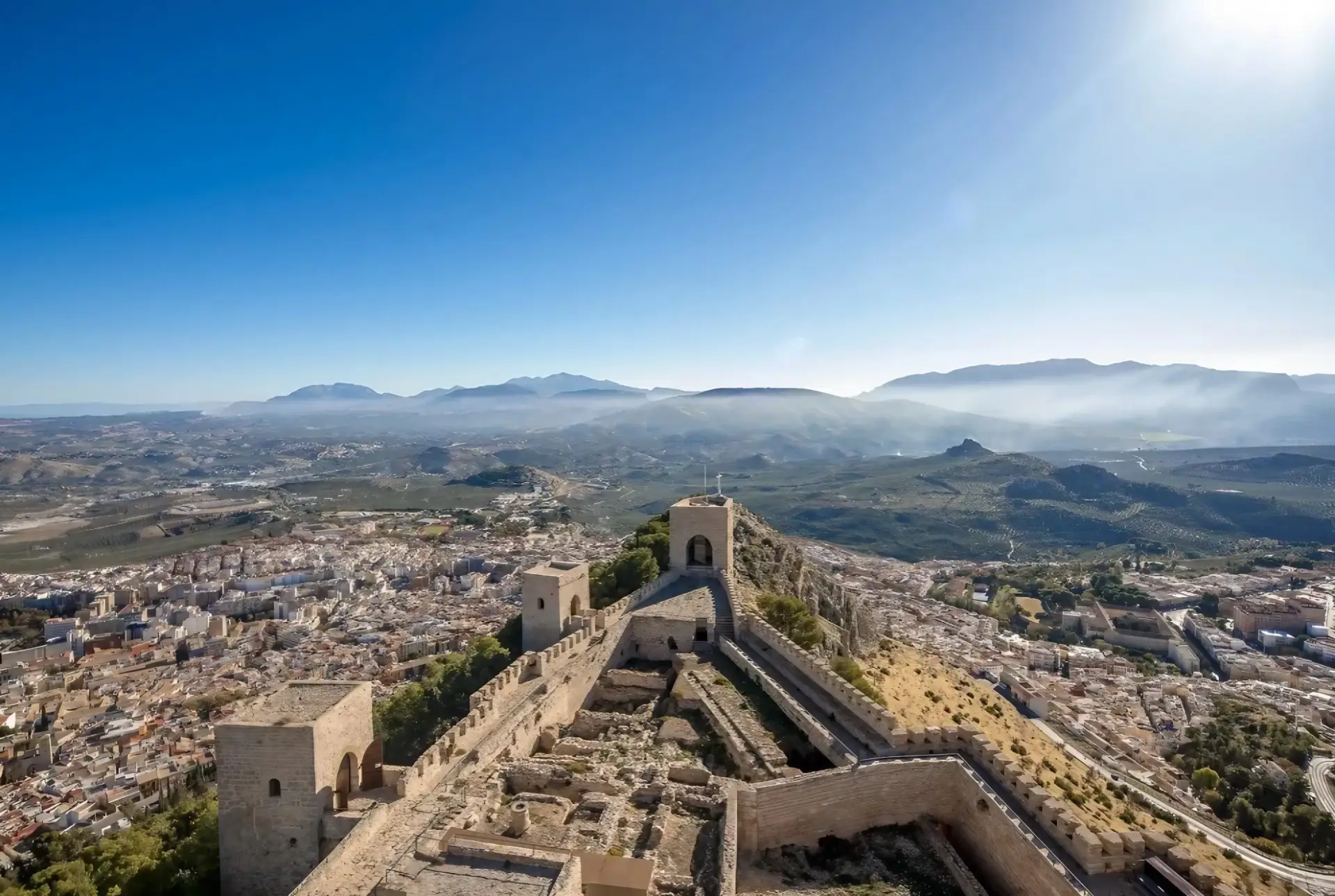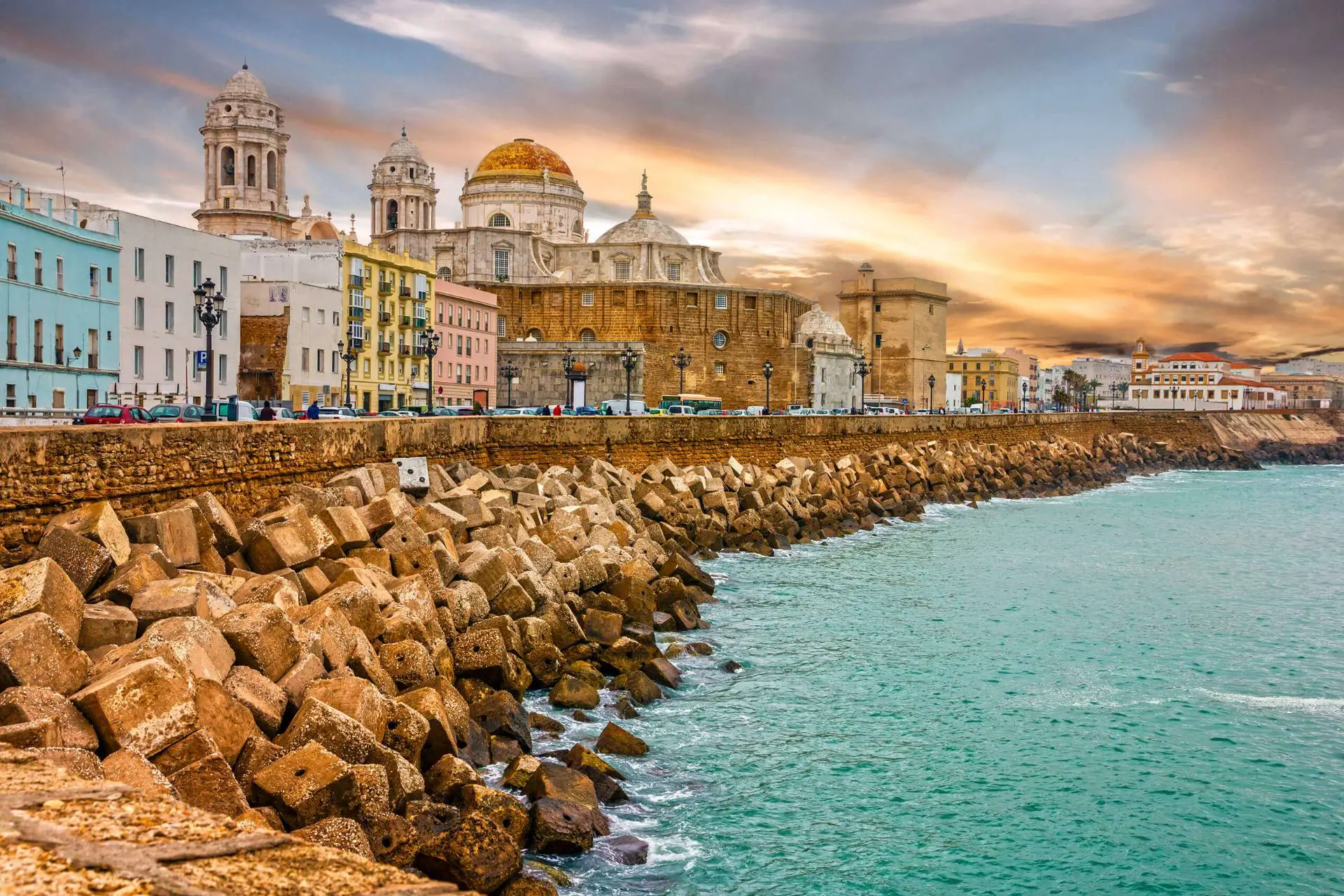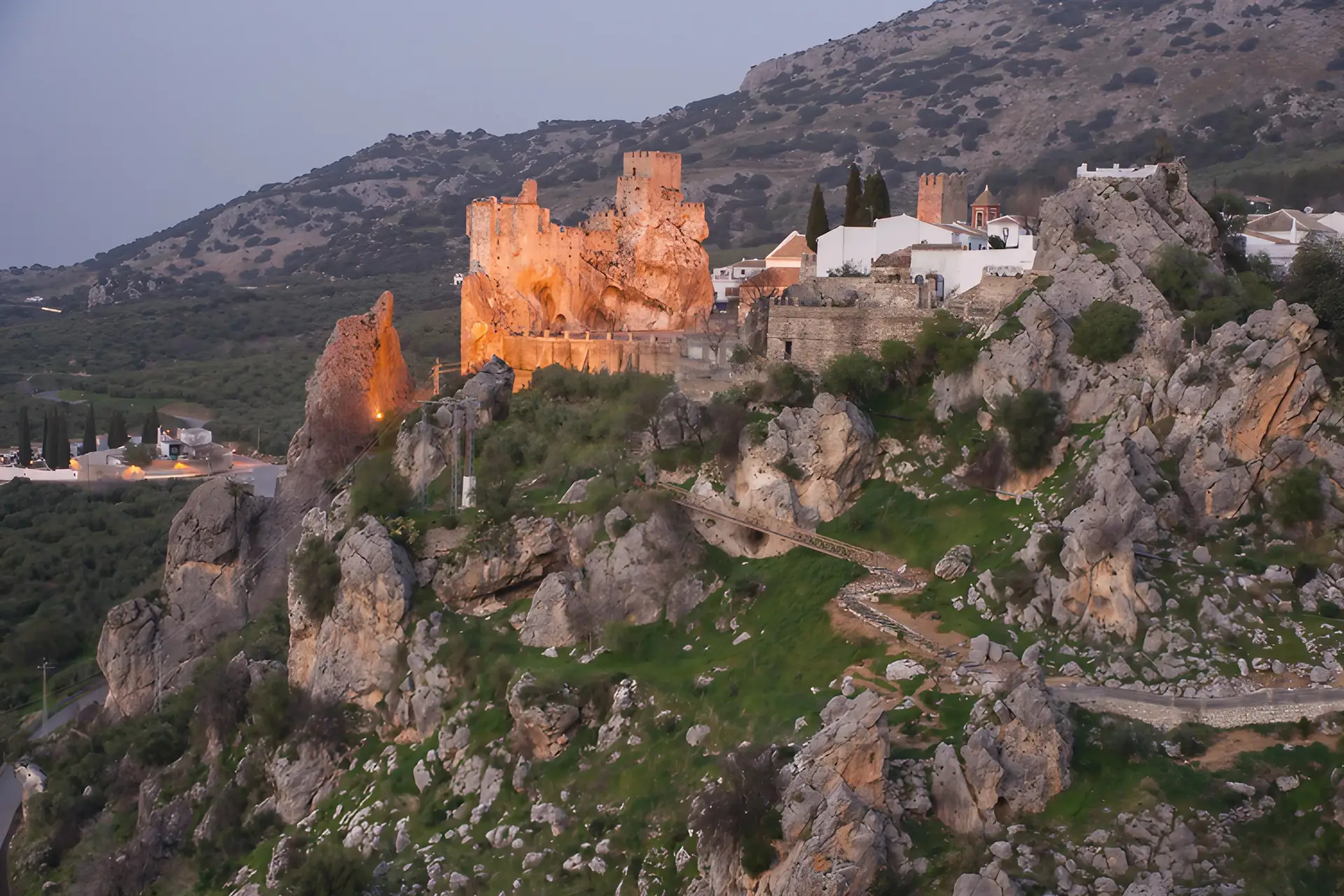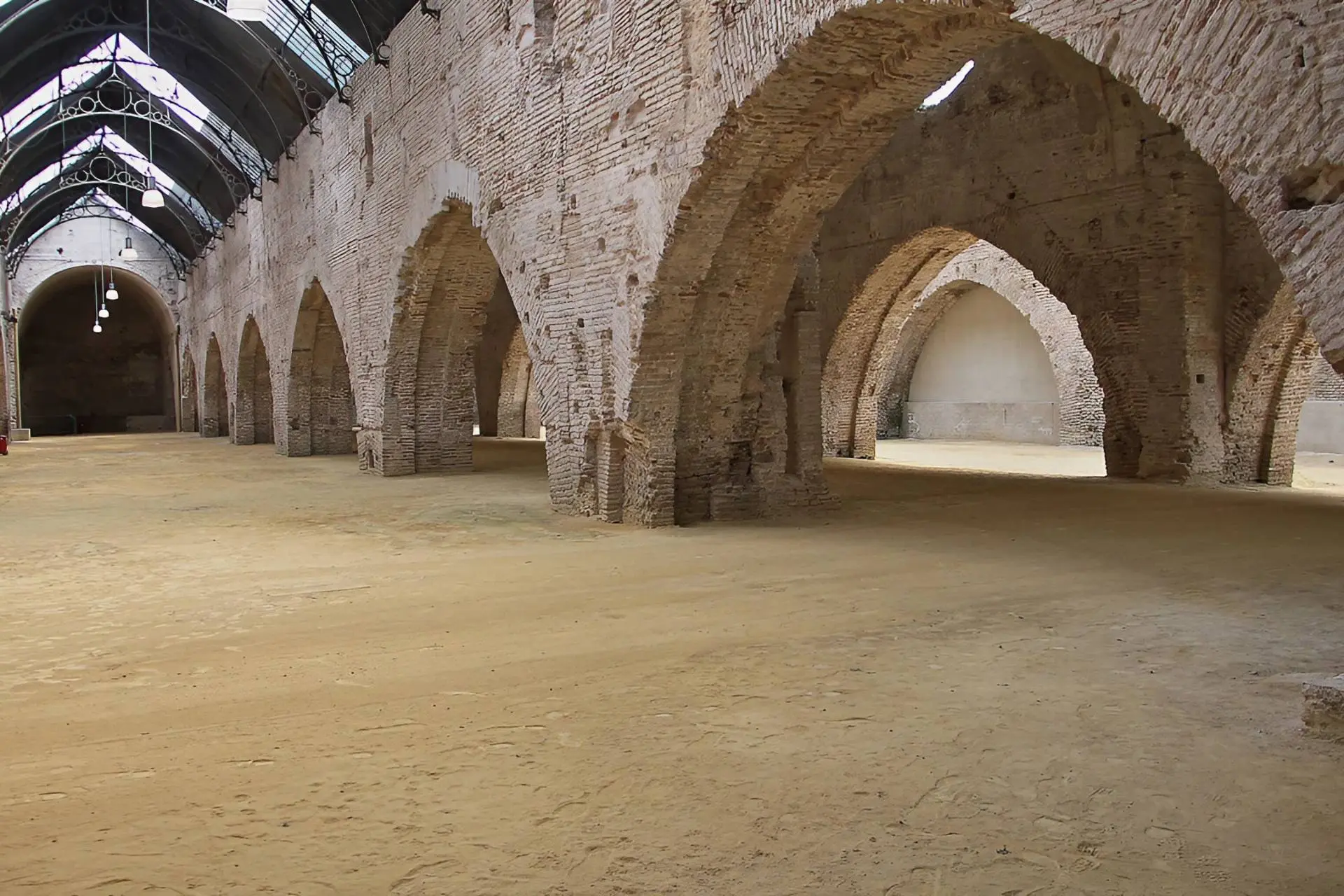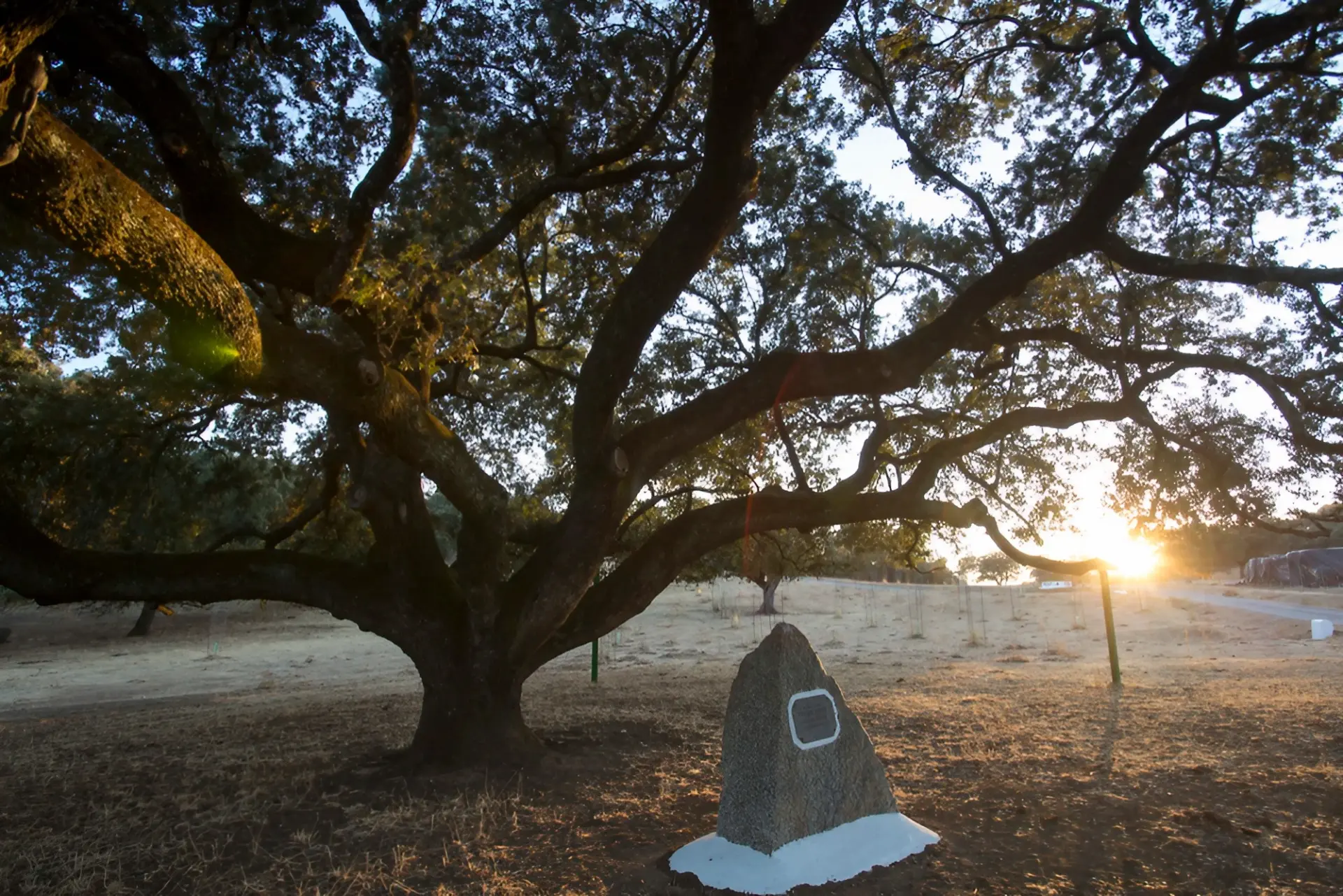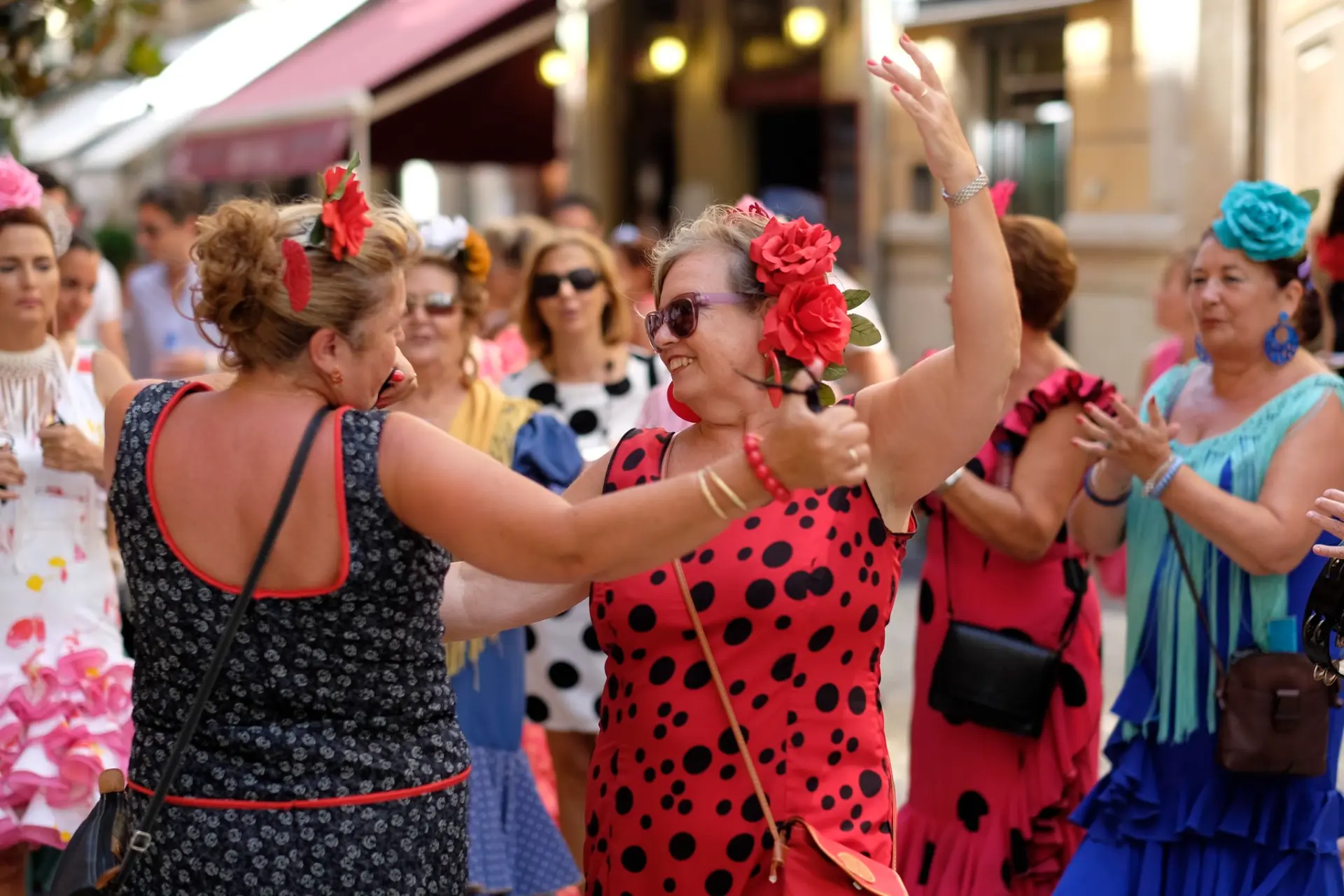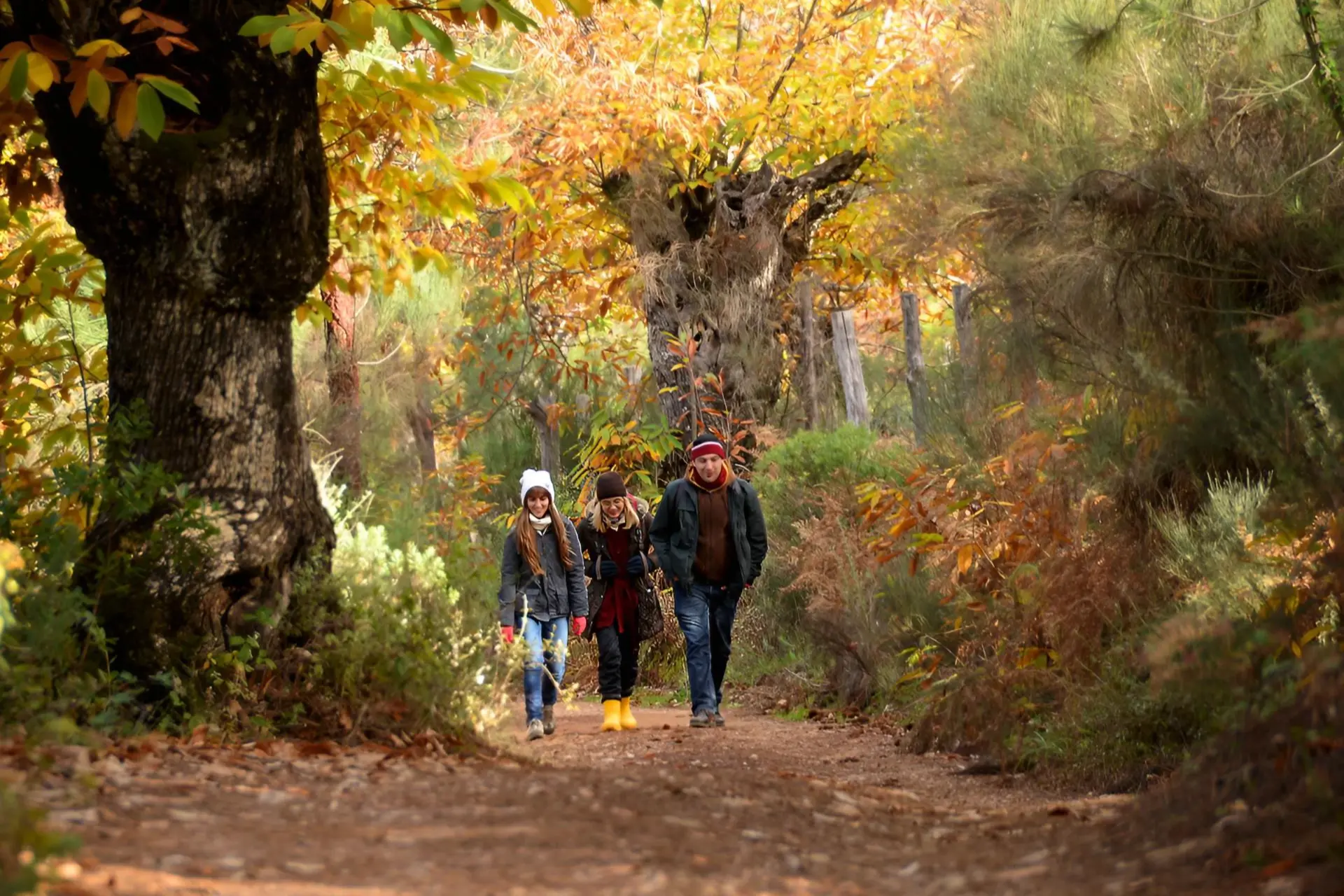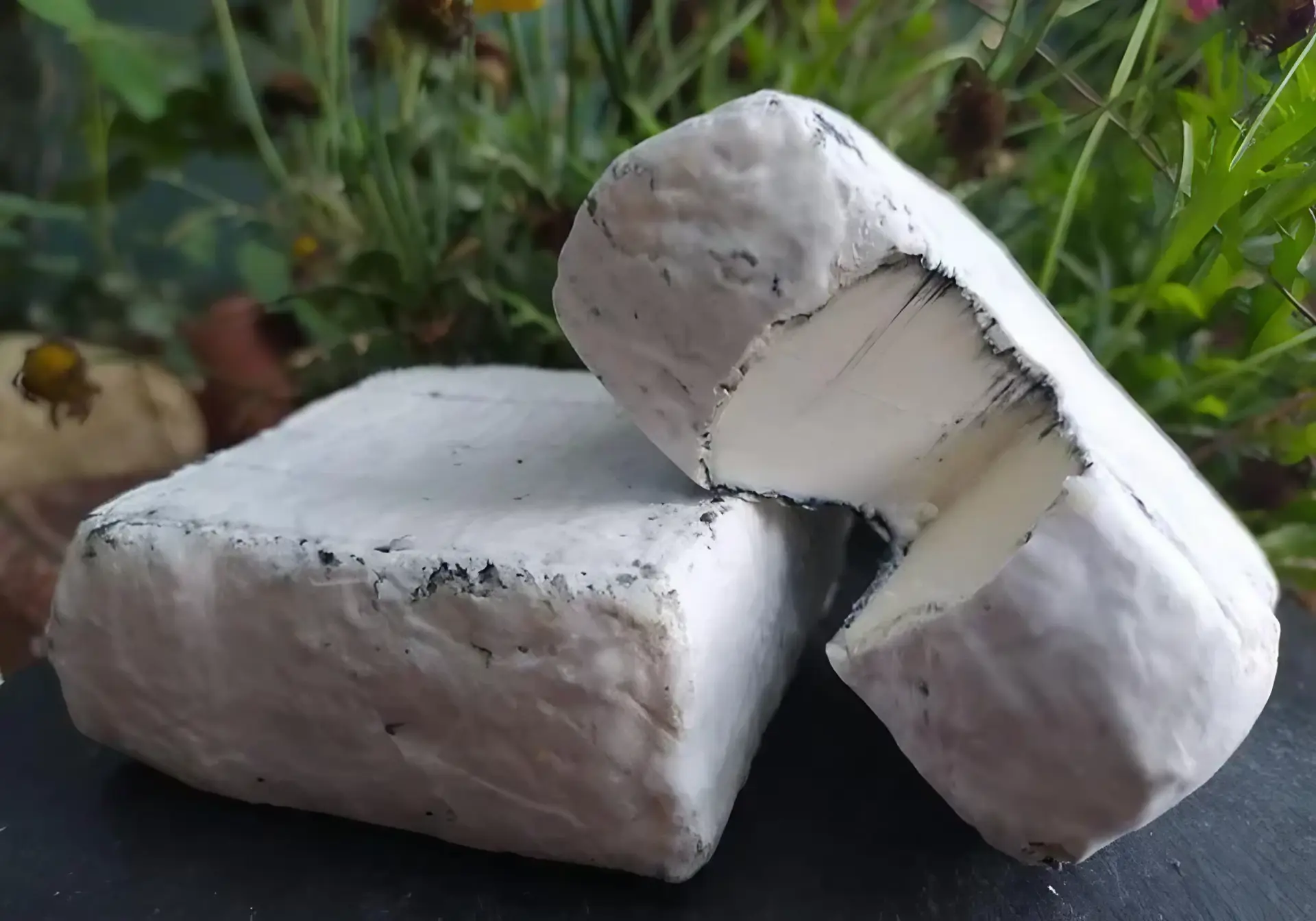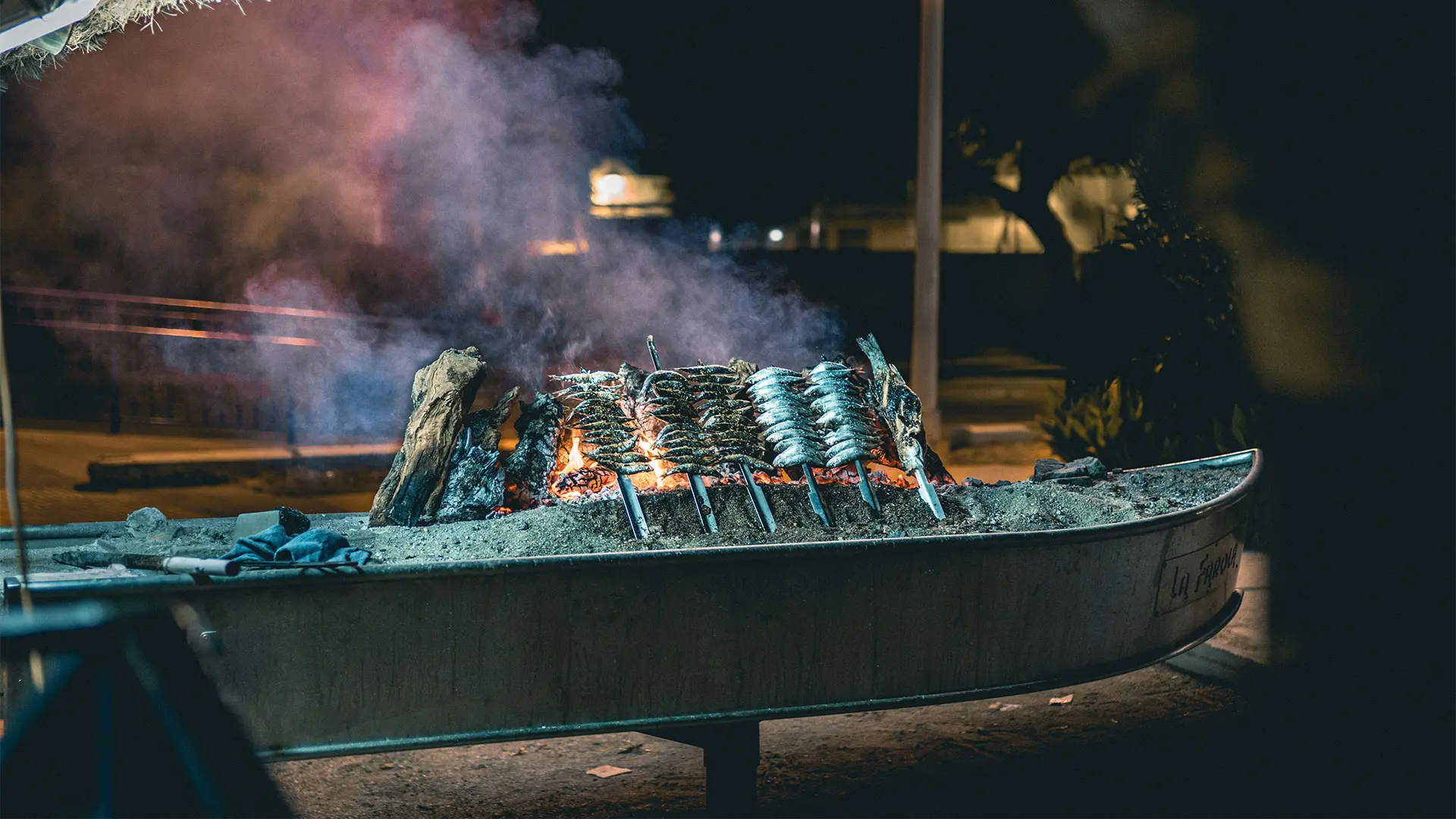
May has made its presence known on the Costa del Sol with temperatures entering the mid to high 20s, more chiringuitos opening on the beaches, and the sight of boats filled with sand topped with a glowing wood fire and lines of sardines staked in them.
It’s espeto season!
It’s the first month of the year without an R in it, which means it’s the best time of the year to eat sardines, at least that’s what they say in Málaga where sardines are an integral part of the diet.
May to August, just when the beach calls and the chiringuitos (beach bars) are in full swing, is when the sardines are a tad plumper, giving them more flavour. However, the fishermen are out all year round, chugging up and down the coast, so finding fresh sardines isn’t a problem whatever the month.
Where does the name ‘espeto’ come from?
Espeto comes from the Spanish verb espetar meaning to skewer. This is exactly what happens to the silvery fish which are placed, five or six together, on a skewer.
Traditionally, the sardines are skewered on a cane over the heat of an open fire. This method is credited with coming from the Málaga neighbourhood of El Palo (which means ‘the stick’) in the nineteenth century.
You’ll also find other fish such as dorada (bream) or lubina (bass) and calamari (squid) skewered over the fire.
Simple and delicious
There is a definite skill to cooking the espetos without burning them, but the seasoning is simple.
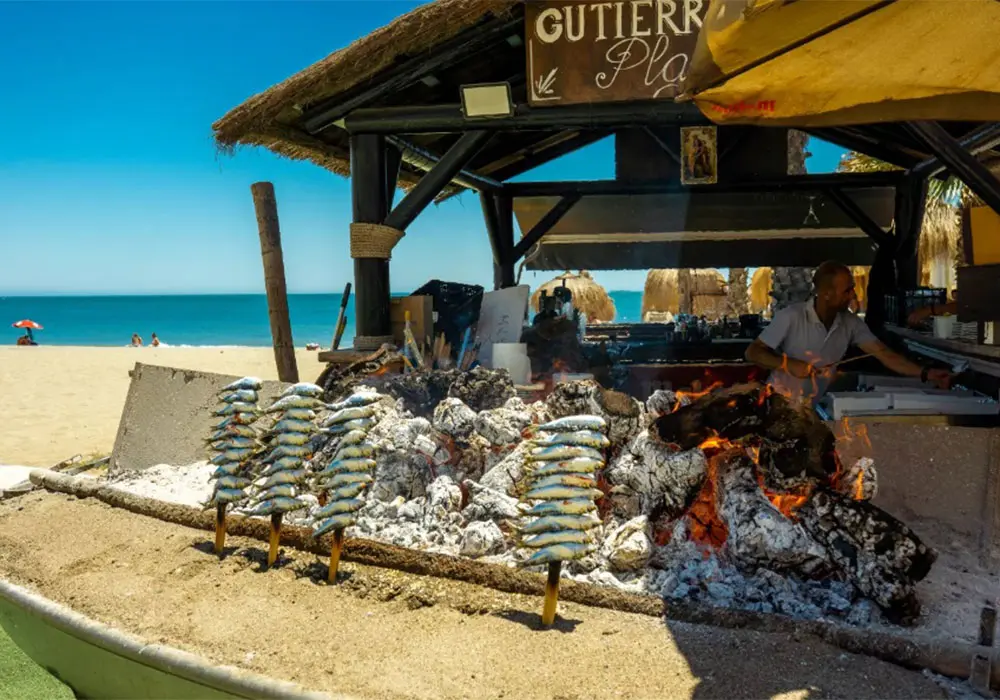
A few tricks of the trade are:
Keep the sardines on ice before skewering
Keeping the fish cool is essential in the summer sun but having them on ice means there is some resistance when adding them to the skewer.
Use a cane as a skewer
Along the streambeds of Málaga province, you’ll find canes growing in abundance. These are harvested regularly for espetos (and occasionally to support my runner beans!). The canes are best as they do not leave an unnatural flavour in the fish.
Season with lots of salt and some lemon juice
Add lots of salt to the outside of the fish. Much of it will be absorbed, but the salt crystals give that extra ‘je ne sais quoi’ when eaten. Give a good squeeze of lemon over the fish before devouring.
Big fish at the bottom, small at the top
The ideal number of sardines on the cane is six, but that depends on the size of the fish. Whether five or six fit, the larger fish are placed on the bottom and the smaller at the top.
Keep the fish upwind of the fire
The skewer is placed in the tightly packed sand a few centimetres from the fire. The espetero keeps an eye on the wind, and places the fish upwind, so the flames blow away from the fish and they don’t burn.
It’s all over in a matter of minutes!
Three to five minutes each side, and your espeto is cooked to perfection.
Google celebrates the espeto
Google recognised the espeto in 2023 with one of its famous Google doodles.

“A salty, smoky aroma in southern Spain can only mean one thing: it’s espetos season,” said Google.
When in Málaga, if you see espetos on the menu, it’s a sign for you to stop and try a traditional Malagueño dish.
And if you’re a foodie looking for a guided tour of Málaga’s best food and drink, then drop us a line.
Que Aproveche!

